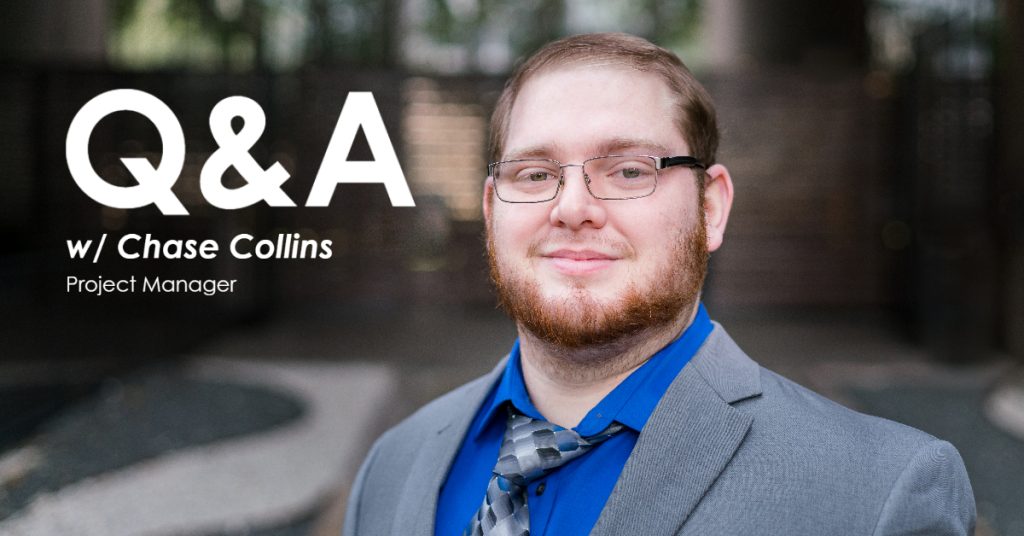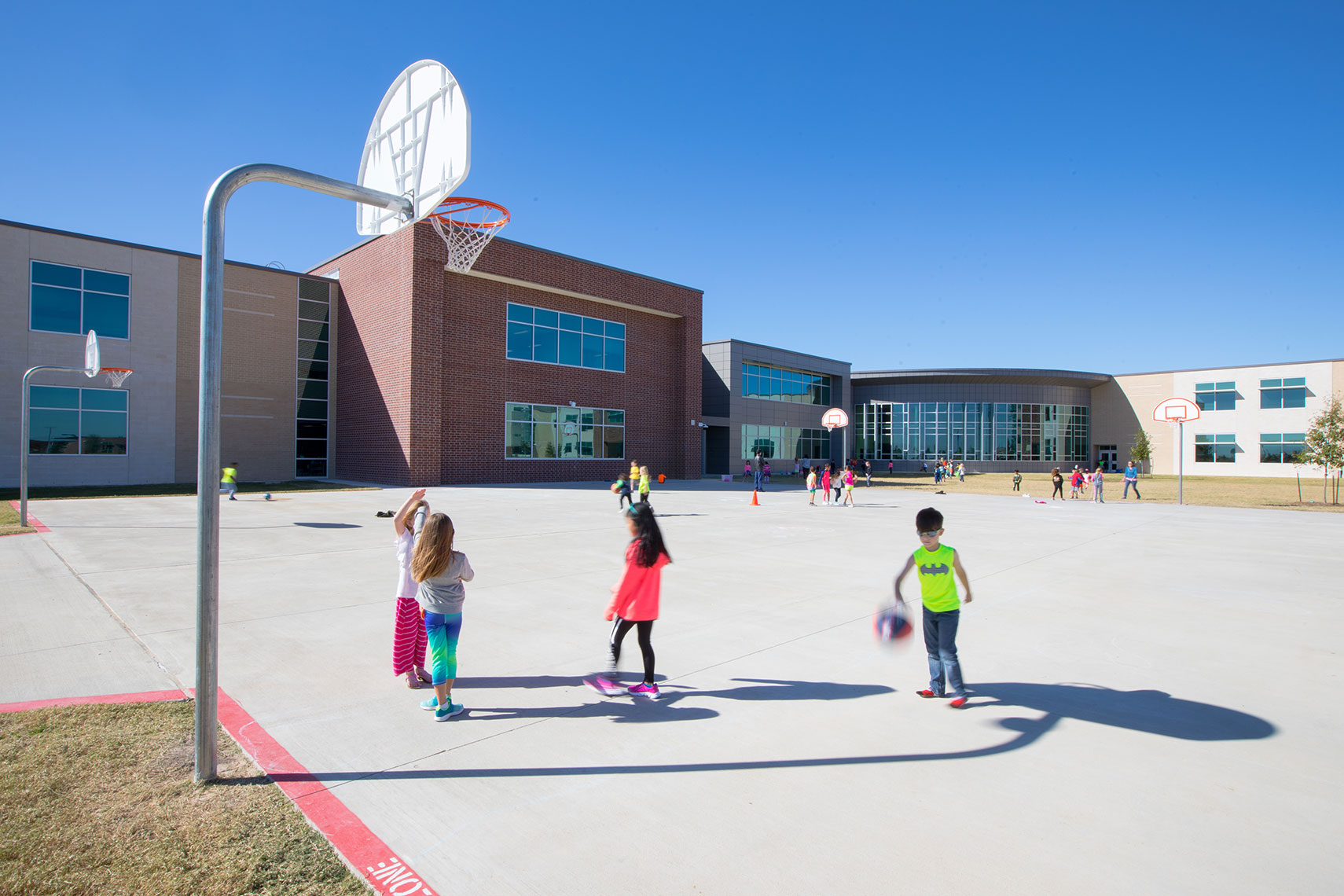
Chase Collins, PE, LEED Green Associate serves as a Project Manager at DBR, managing a team of engineers and coordinating with other consultants to deliver projects for our clients. Since starting with DBR in 2014, Chase has developed a wide range of project experience including K-12 educational facilities, commercial office buildings, and a variety of civic and public buildings. Chase holds a Bachelor of Science in Mechanical Engineering from Texas A&M University and is a licensed engineer in Texas.
As a LEED Green Associate, Chase has developed an understanding of sustainable design practices. He is skilled in advanced energy modeling and he promotes the use of innovative solutions to create healthy buildings and net zero ready facilities.
Chase has been involved in many organizations including the US Green Building Council (USGBC), the American Society of Heating, Refrigerating and Air-Conditioning Engineers (ASHRAE), and the Association for Learning Environments (A4LE).
In his free time, Chase enjoys spending time with his family and the adventures that come with being a girl dad. When time permits, Chase enjoys woodworking, building/modifying computers, and baking for family and friends.
Chase’s positive attitude, wealth of knowledge, and readiness to help others, whether a mechanical design question or really any topic (he seems to know something about everything), make him a valued leader at DBR.
Q&A with Chase:
Q: What have you found yourself focusing on most during the last few months given the current industry challenges and what kind of development is the K-12 market experiencing? What do you see as key opportunities in the near future?
A: With current equipment lead times and rising costs, there has been a greater need for additional coordination for project phasing and timeline. Our teams have been getting involved earlier in the design process to assist with planning project schedules to accommodate equipment delivery lead times. We have also been performing more building assessments to determine the age and condition of existing equipment so that our clients can plan for ongoing maintenance and needed capital improvements.
We work with many fast-growing school districts that are building new schools. But many K-12 school districts have aging facilities. Improving older schools to provide more healthy and comfortable learning spaces is a big opportunity. We try to design MEP systems to maximize energy efficiency, reduce operating costs, and simplify maintenance so that our clients can keep school buildings operating well to serve the community.
Q: What are some best practices you have used to develop excellent client relationships? How do you serve as an advocate for your clients and deliver them a successful project?
A: My job as a consultant is to listen to the client and owner and to help get an understanding of the needs of the project. Being attentive to the client and helping provide solutions to the problems at hand is an important part of developing a relationship. Combining the owner’s objectives for a project with our design expertise allows us to guide the team in the right direction to develop a successful project.
Q: What are some proven methodologies you have used to ensure DBR delivers projects that go above and beyond our client’s expectations?
A: The collective wealth of knowledge and experience within our firm is an invaluable tool. For most issues that arise on a project, someone in our firm has created a solution for a similar situation on past projects. When we face new challenges it’s great to be able to brainstorm ideas and consider new approaches. Sharing our collective experience makes our firm better, and so far there isn’t a problem that we have not been able to handle.
Q: What is a project you have worked on that you are most proud of?
A: I worked on a new natatorium for Cy-Fair ISD early in my design career which is still one of my favorite projects and experiences. It was one of my first projects to take the lead on mechanical design and it was the first natatorium I had ever done. I spent a lot of time discussing with senior engineers and researching natatorium designs. We wanted to take a new approach to ways we had designed in the past, so a lot of time and energy went into researching equipment for the project. Each step along the way was something new and I was able to apply what I learned to a few more natatoriums I worked on after that.
Hero image at top of page:
Cy-Fair ISD – Jim & Pam Wells Elementary School | Texas-IBI Group | Cypress, Texas
